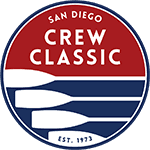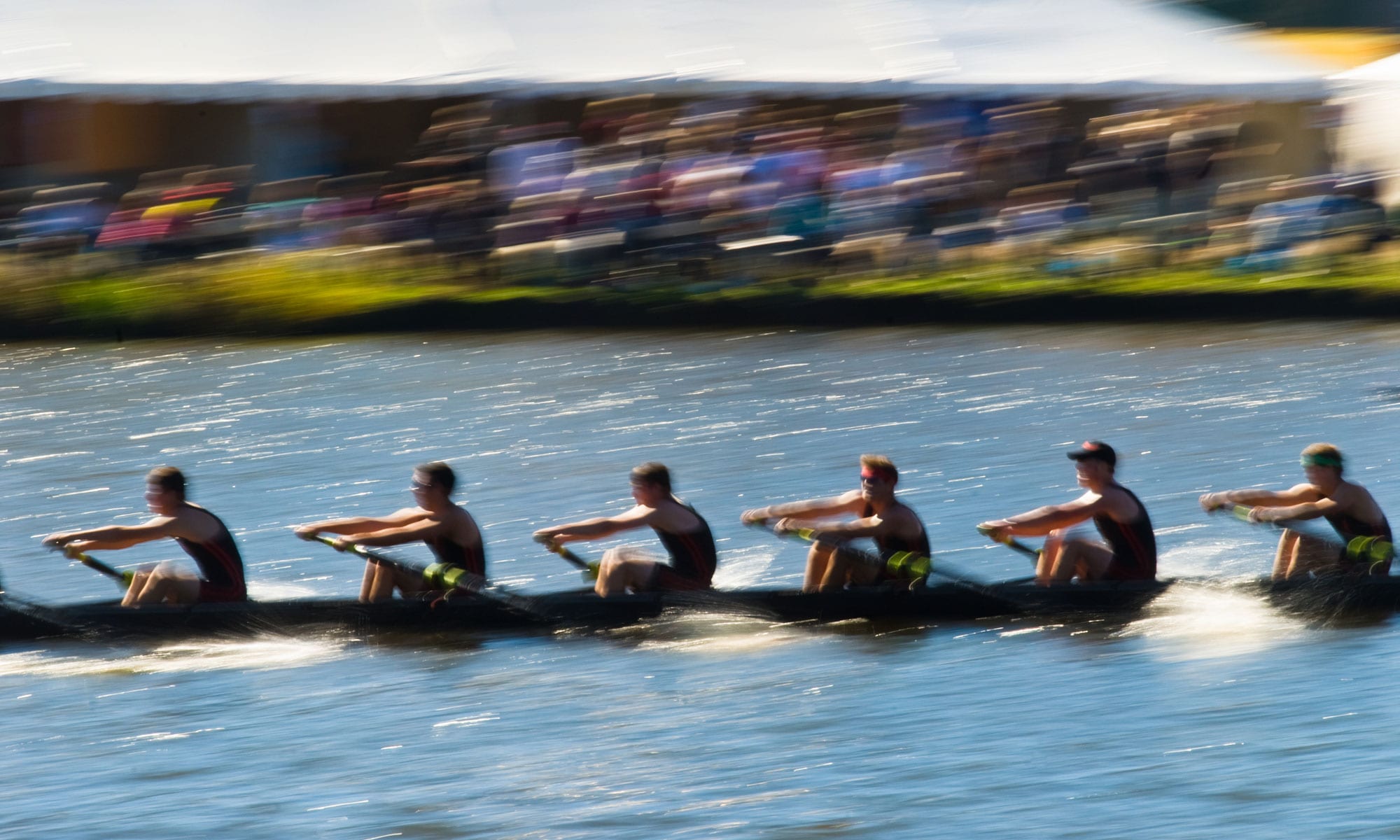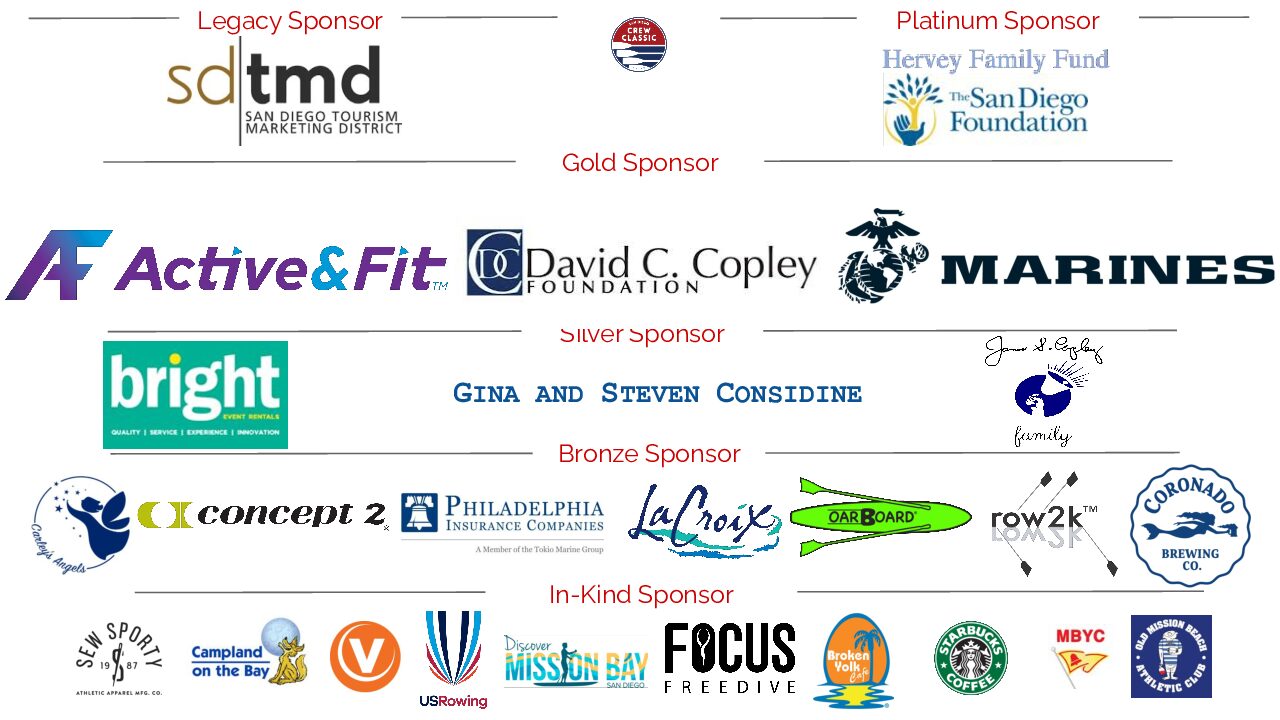The Crew Classic is a unique tidal, saltwater venue. Visiting coxswains unfamiliar with Mission Bay should download and review the Coxswain Guide (outlined below)
1. Please check the following items prior to getting hands on to make sure your boat is ready to race:
- Rigging
- Steering
- Sound/Cox Box
- Heel ties
- Bow Ball
Heel ties and bow balls must conform to USRowing parameters and will be checked by referees prior to launching. Boats not meeting established parameters will not be allowed to race.
2. Coxswains/Coaches should obtain the following from the Beachmaster in order to be ready to launch:
- Bow number
- Event/Lane stickers (flashers)
3. Flashers should be applied to a clean, dry boat at the stern. Flashers are applied near the coxswain seat in an 8+ and to the stern of the stroke seat in a 4+/4X. If you are unsure about the placement of your flashers, ask the Beachmaster for assistance or clarification.
4. Allow sufficient time for equipment checks, navigating the boat yard, and for a short wait at the beach so that you are still in the boat and underway at least 45 minutes prior to your scheduled race time.
5. Be prepared to get wet: the Crew Classic is a wet launch venue–no docks are available for launching. Make sure you direct your crew to water that is deep enough to launch. Knee-deep should be sufficient for most crews. If the tide is low, crews may need to walk further from the beach to reach sufficient depth.
6. Once you are in the boat, make sure it is safe to proceed before rowing away from shore. Do not pull away from the beach in front of a race. If it is clear to row, row clear of the course run-out area before tying in.
7. In the event of equipment breakage after launching, and rowing will not cause further damage, continue to the check-in boat at the entrance to Sea World Channel and report the problem there. The check-in boat can relay the problem to your coach/rigger and tools/parts can be brought there quickly. If you have serious equipment failure that prevents you from rowing, signal an official or safety launch and assistance will be provided as quickly as possible.
8. To warm up for racing:
- Proceed east around West Ski Island, keeping the island on your starboard side. Turn southeast and keep Fiesta Island shore on your port and both West Ski Island and Radar Island (with the “bowling pin”) on your starboard side. Turn south and head for the check-in boat with the large yellow flag.
- As you pass the stern of the check-in boat, clearly identify your crew, event number and lane number, and receive acknowledgement before proceeding.
- Proceed east into South Pacific Passage (Sea World Channel) and warm up clockwise around the buoys. White channel markers delineate the center of the channel. Keep these markers on your starboard at all times, noting that the markers are not placed in a straight line.
- Sea World Channel has approximately 1250m of rowing area before you must spin and return westbound to the top of the channel. The limit of Sea World Channel will be marked with a line of buoys topped with red flags; do not cross this line.
- You may make shorter loops in the warm up channel if traffic is clear and it is safe to do so. Do not stop in the middle of the warm up area and impede other crews warming up. If you must stop or rest, pull to the port side of the warm up area to allow other crews to pass and continue to warm up.
9. Entering the course:
- Please plan to be in the staging area 10 minutes prior to the start of your race.
- You may move into the staging area when the race immediately preceding yours has loaded into the stake boats. The staging area is marked by four round red buoys.The starter’s platform will display the number of the race that is being loaded/started.
- When the race immediately preceding yours has started and cleared 100 meters, you may row onto the course and back into your stakeboat.
- Communicate with the crews around you to try to proceed in lane number order out of the staging area (Lane 1 first, etc.) but do not delay access to the racecourse if a crew is late to the start.
- You are required to be locked on to your stakeboat no less than 2 minutes before your race start time.
10. Coxswains must be able to accommodate crosswind and tidal water conditions.
- Wind and tide will be variable throughout the weekend, but both conditions run in some combination perpendicular to the race course (east/west).
- It is imperative that coxswains are able to anticipate the lateral movement of their shells once on the race course, in particular at the starting area, in order to keep races running on time and to prevent damage to equipment.
- We recommend that you practice the following skills before arriving in San Diego:
- backing your shell into a stakeboat or other practice target
- Using sculling to keep your point alignment
11. Be prepared for a quick start. Referees will do everything in their power to keep the races running fairly and on time. Conditions may arise that require them to switch to a quick or countdown start. Using the skills above will help you be prepared for a quick start should the situation arise.
12. Cool down and Landing:
- Crews may complete a short loop after the finish line to cool down. After crossing the line, turn to starboard, keeping West Ski Island on your starboard side, but allowing enough space to turn to starboard in order to return to shore.
- When you reach the north end of West Ski Island, turn to starboard and complete the loop, returning to shore. You may repeat this loop if it is safe to do so, or you may proceed to the landing area, keeping your bow ball pointed south when landing at the beach (toward the start).
13. Above all: stay calm. Mission Bay is challenging! That’s ok. It is challenging for everyone. If you have questions or concerns about safety or protocol while on the water, make sure to voice them to the marshals or Crew Classic personnel and they can help to direct you.
Traffic Patterns
PRACTICE TRAFFIC
RACE DAY TRAFFIC
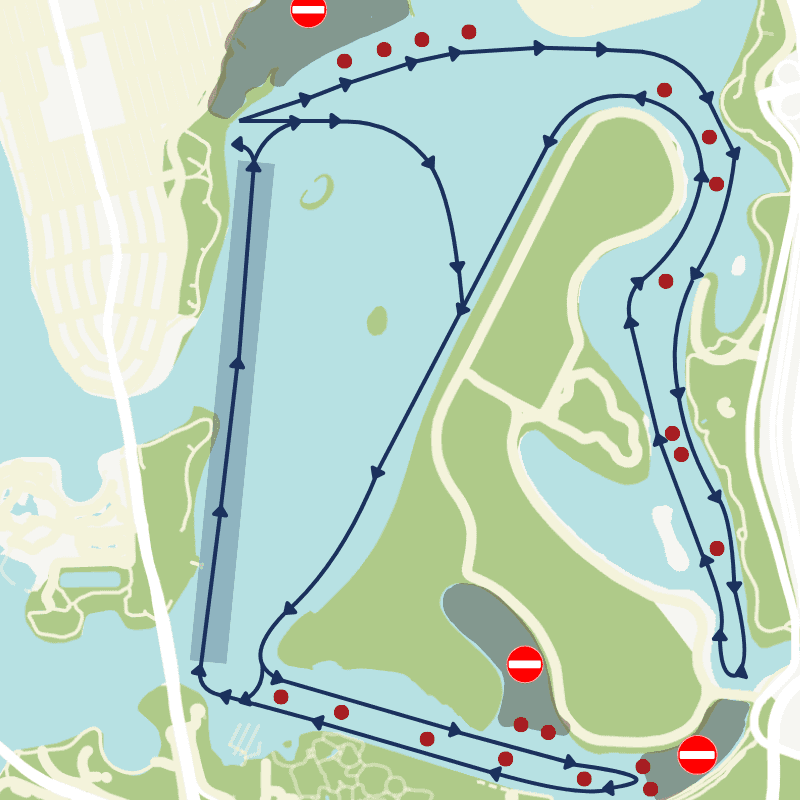
- We strongly suggest that crews remain in East Mission Bay for practice sessions. Should you choose to leave East Bay, the following apply:
- Traffic through the southernmost Long Bridge (A) moves West to East Only
- Traffic through the northernmost Short Bridge (B) moves East to West Only
- We do not advise that crews travel through Ventura Bridge (westernmost bridge in West Bay) as conditions near the jetty can be unsuitable for rowing shells.
- Practice traffic pattern begins Monday of race week at 4 a.m. and ends after the last Crew Classic event on Sunday.
- Mind the Do Not Enter areas and use caution in high traffic areas (Start/Finish Lines, Launch/Land Area, and when crossing the course toward the Short Bridge)
- You can view a full traffic pattern map of both East and West Mission Bay here.
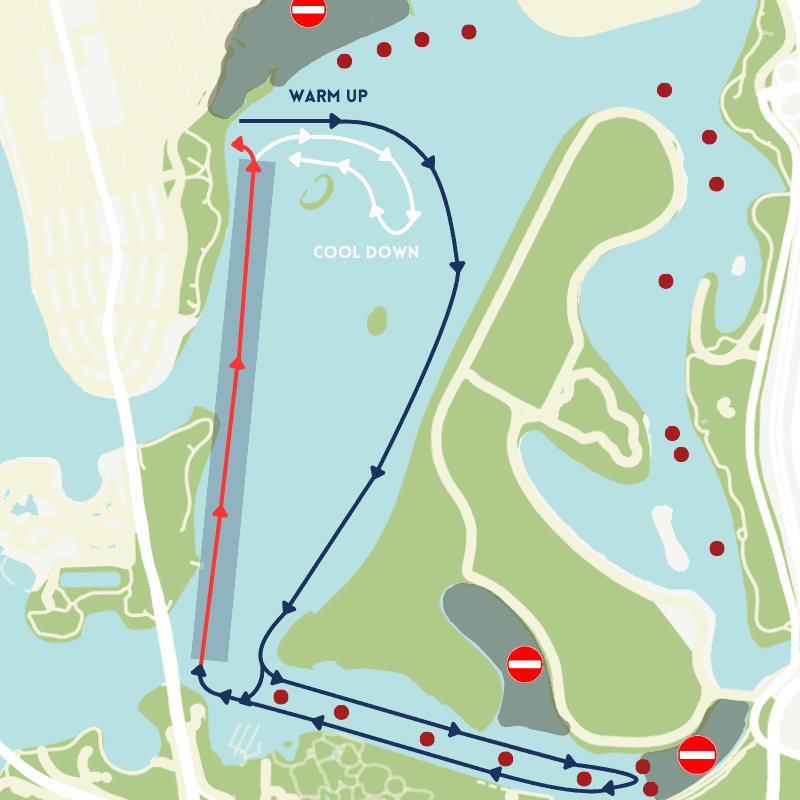
- Launch at least 45 minutes before race time.
- Keep both islands on your starboard side.
- Avoid Wildlife Refuge and Shallow Areas by keeping white markers on your port side.
- As you pass the stern of the check-in boat at the opening to Sea World Channel, clearly identify your crew, event number and lane number, and receive acknowledgement.
- Continue and turn east into the warm-up area. Keep white channel markers on your starboard side (clockwise in the channel)
- Do not row past the line of buoys with red flags.
- You may move into the staging area when the race preceding yours has loaded into the stake boats. The staging area is marked by four round red buoys.
COACHES & COXSWAINS MEETING
-
Mandatory Coaches and Coxswains meeting will be virtual in 2025.
Sunday, March 23, 2025 at 4:00PDT.
- THERE IS ONLY ONE MEETING. Attendance of coaches and coxswains is MANDATORY. Teams without Coach and Coxswain present will be at risk of disqualification.
- A video conference link will be emailed prior to the meeting, on or around March 19, 2025.
- Meeting will be recorded and posted with a link posted after meeting completion. All coaches and coxswains must certify that they have viewed the meeting.
If you are unable to attend, the presentation and slides will be available online for you to review.
